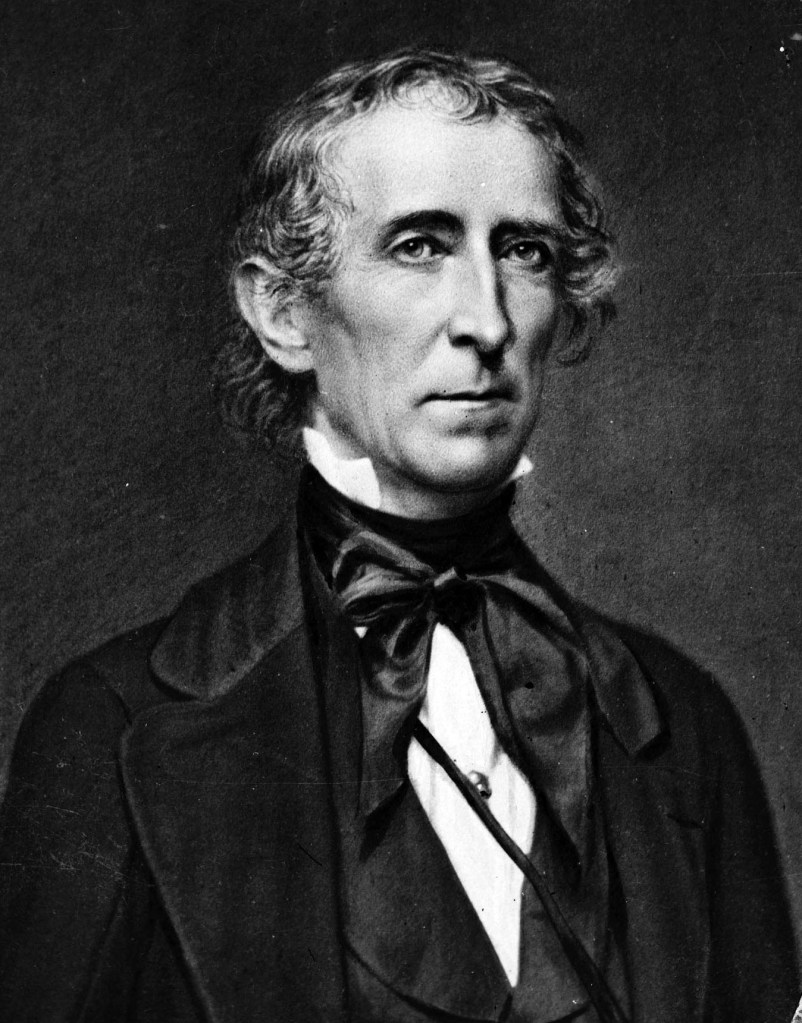America’s worst ex-presidents: Would these 4 men be on your list?
We all have opinions about the best and worst presidents in US history.
But – save for the eight who died in office – America’s commanders in chief have gone on to do plenty of good, and some bad, after the White House as well.
So, who were the best and worst former presidents?
Let’s start with the bottom of the barrel.
John Tyler may take the cake on this one, which is an ironic fact, given that he was never supposed to be president in the first place.
In office from 1841 until 1845, Tyler was America’s first accidental president.
As vice president, he got the top job when his boss, William Henry Harrison, died 31 days into his term.
During Tyler’s term, his detractors who didn’t think he should be president called him “His Accidency,” most of his cabinet resigned, and the Whigs expelled him from the party.
But if the Tyler presidency was a failure, his post-presidency was even worse.
With the Civil War looming in 1861, former President John Tyler, a slaveholder from Virginia, defected from the Union and won a seat in the Confederate House of Representatives.
He died a traitor in January 1862.
President Lincoln denied his predecessor a state funeral. Instead, Tyler was honored in Richmond, Virginia, the Confederate capital.
The Civil War didn’t bring out the better angels in several of America’s former presidents. Franklin Pierce, in office from 1853 until 1857, could see that the country was about to split apart.
He was a Northerner who favored popular sovereignty – the idea that democracy allowed citizens, and not the federal government, to decide if the territory in which they lived would allow slavery.
He tried to rally the living ex-presidents in 1861 to resolve the Civil War before it got too bloody.
But his efforts were torpedoed by former President Martin Van Buren.
Pierce became a vocal critic of Lincoln, a sympathizer for the South, and a confidant to Confederate President Jefferson Davis.
The third Civil War-era post-presidential failure was Abraham Lincoln’s vice president, Andrew Johnson, who became president after the Lincoln assassination in 1865.
After surviving America’s first impeachment trial, Johnson left the White House disgraced. He then failed to win a Senate seat in 1868, and fell short in securing a seat in the House in 1872.
He only returned to public office in 1875, five months before his death.
Even people whose presidencies we admire can have failed post-presidencies.
Theodore Roosevelt ran again in 1912 as a third-party Bull Moose candidate, taking on his successor, Republican William Howard Taft, and Democrat Woodrow Wilson.
He came in second, but his post-presidential run split the Republican Party that year, handing the White House to Wilson, a man he despised.
Roosevelt might have run again in 1920, and could have won, but he died suddenly.
Keep up with today's most important news
Stay up on the very latest with Evening Update.
Thanks for signing up!
He’d suffered for years from strains of malaria picked up in the Amazon and from a broken heart after his son Quentin’s death in battle during World War I.
There’s a reason we don’t think to rank post-presidencies, of course.
Without the office of the White House, former presidents don’t have as much power as they once did.
They can’t send troops into battle, and they can’t appoint their allies across the executive branch.
But they do have the ability to change history, and for the last 200 years, we’ve seen how.
We know who’s done it badly.
But who got the post-presidency right?
Seven men get the highest marks
There are plenty of contenders, but seven men, from America’s founding to today, may get the highest marks.
After the White House, Thomas Jefferson founded the University of Virginia.
John Quincy Adams was elected to the House of Representatives and became a leading abolitionist.
Grover Cleveland ran for president again and won.
William Howard Taft became chief justice of the United States.
Herbert Hoover led humanitarian relief missions after World War II and served as a trusted adviser to Presidents Truman and Eisenhower.
Jimmy Carter, in the longest post-presidency in American history, helped to eradicate diseases, promoted democracy, and was a constant thorn in the sides of his successors on everything from the Middle East to domestic surveillance programs.
And George W. Bush, a man who has largely faded from the limelight, has experienced a reputational renaissance, as many Americans have come to admire someone who can move on from politics and model good character after the White House.
The post-presidency is one of the least studied, but most complicated, institutions in American life. It’s had its ups and downs.
But Americans had better keep an eye on ex-presidents.
One is running for president today.
And all of them are living longer than ever before.
That means that we may have no choice but to pay attention to them.
Excerpted from “Life After Power: Seven Presidents and Their Search for Purpose Beyond the White House,” © copyright Jared Cohen (Simon & Schuster, Feb. 2024), by special arrangement. All rights reserved.

















